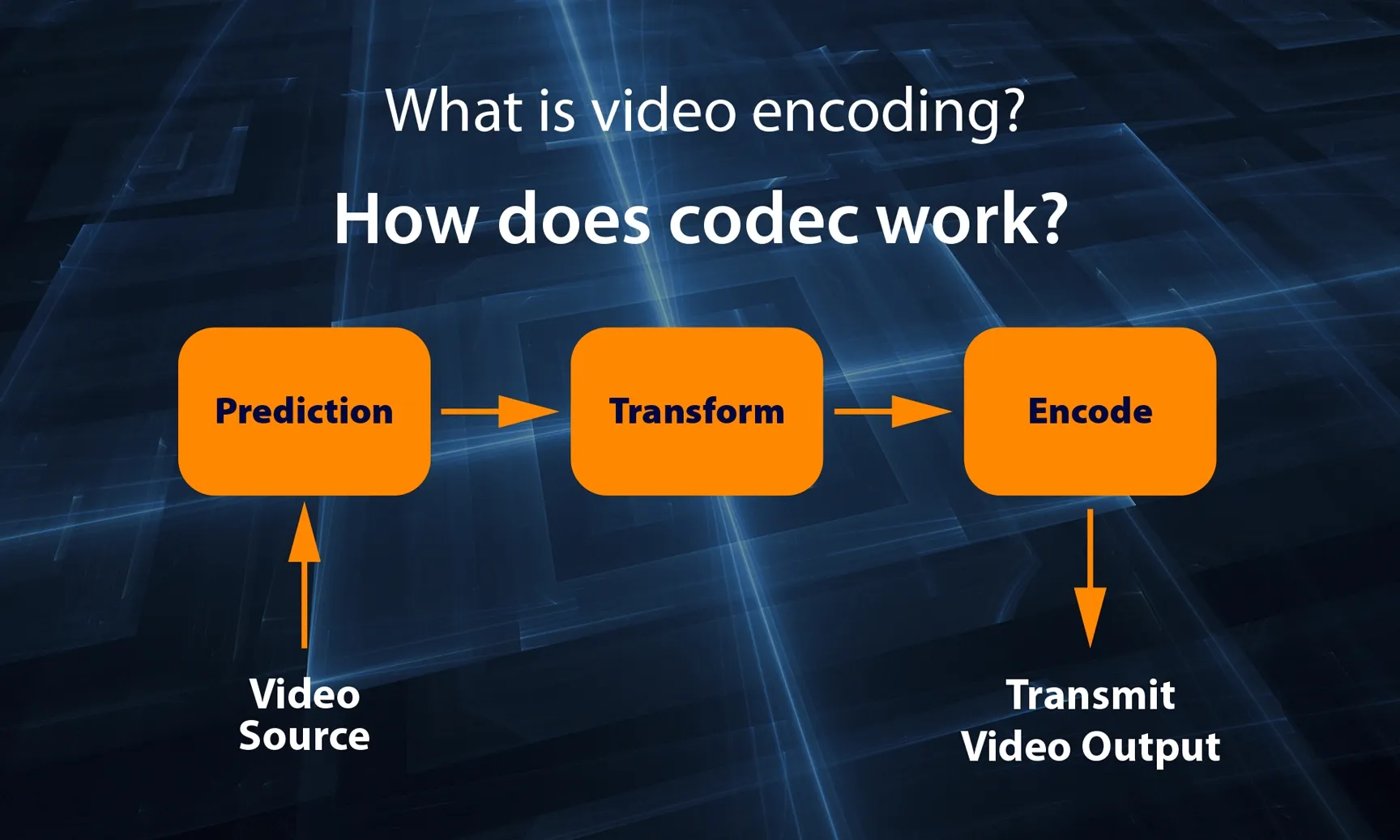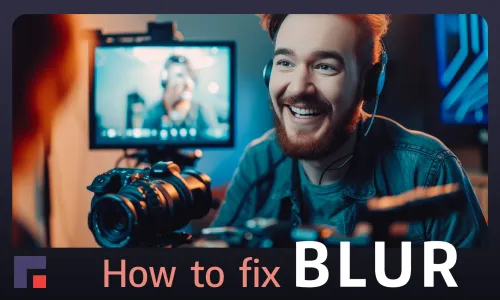Video production and editing have become an integral part of our digital lives. Whether you're a content creator, a budding filmmaker, or just someone who enjoys making and sharing videos, understanding video codecs is essential. In this beginner's guide, we'll demystify the world of video codecs, how they work, and how they can enhance your video editing and streaming experience.
What Are Video Codecs?
Video codecs are like secret agents in the world of video production. They have a unique job – to compress (reduce size when the video is stored on disk) and decompress (take the compressed file from the disk and make it playable) video data. This magical compression process makes it easier to store, send, and playback videos. Think of them as tools that make your videos more efficient.

The Magic of Compression
Codecs use different algorithms to compress your video data, and this results in varying levels of video quality and file sizes. The better the video codec is, the smaller the video file will be while also maintaining excellent video quality without artifacts.
One popular video codec is H.264 (also known as AVC - Advanced Video Coding, or x264). It's the go-to choice for many because it strikes a good balance between video quality and file size. This makes it perfect for streaming and video conferences.
H.264 is also widely supported. Most of the playback devices today will support it so it's a codec of choice if you want to be sure the video will be playable on the target device.
Meet the Newcomers: H.265 and VP9
H.265 (or HEVC - High-Efficiency Video Coding) is a codec gaining popularity because it's like the cooler, younger sibling of H.264. It offers better compression efficiency, which means smaller file sizes without sacrificing video quality. If you're working with 4K or high-definition video, H.265 is your friend.
Another notable newcomer is VP9 developed by Google. It's commonly used in web browsers, especially for streaming videos on platforms like YouTube. VP9 provides high-quality video playback while reducing bandwidth usage, which is great for those with slower internet connections.
Both VP9 and H.265 are also great choices, but they can sometimes have compatibility issues with older playback devices. If you have trouble playing the video on an older computer, it might be due to lack of codec support. In that case, we advise to use the more versatile H.264 codec.

Video Codecs in Video Editing
When it comes to video editing, your choice of codec matters. Some codecs, like ProRes and DNxHD, are loved by professional video editors. They use a different approach called "intraframe recording," which processes each frame separately. This leads to much larger file sizes but ensures the output quality is top-notch.
If you're new to the world of video editing, it's wise to stick with the lighter H.264 codec. As you gain experience, advanced codecs such as ProRes and DNxHD will surely become part of your workflow.
Lossless video codecs
You may have come across a term lossless video codec. You have now learned the video codecs balance the video quality and the video file size. If you're only concerned by the file quality and don't have to worry about disk space, lossless codecs are your friends.
Lossless codec means there is no compression at all in the video. The video keeps the highest possible quality, but the downside is that your video file size can become huge. One Full HD movie stored using a lossless codec will take around 1000 Gigabytes (GB) of space on your hard disk!
Lossless codecs are commonly used by larger archives that want to store their precious footage in the highest possible quality. For us mortals, less demanding codecs are more suitable for everyday needs.
5 Smart Takeaways
When you're recording footage, use the highest quality codec supported by your camera and storage to maintain video quality.
During the editing and grading process, consider using lossless codecs like ProRes or DNxHD.
For final delivery, compress your video into a more lossy codec to speed up uploading online without a noticeable loss in quality. H.264, H.265, and VP9 are your friends here.
Typically, the codec of a video changes when you export it from a video editing software. However, you can also use tools like VLC or Handbrake to change the codec.
In general, it's a good idea to shoot and edit in a codec that minimizes loss of quality, like ProRes, DNxHR, or Blackmagic Raw. For web delivery, exporting in H.264 is a reliable choice.
If you live in the world where disk space is abundant, consider using lossless codecs :)
In conclusion, video codecs are the unsung heroes of video production, making it possible for us to create and enjoy high-quality videos. As a beginner, understanding these codecs will help you make informed decisions about how to capture, edit, and share your videos.
Happy video-making!


